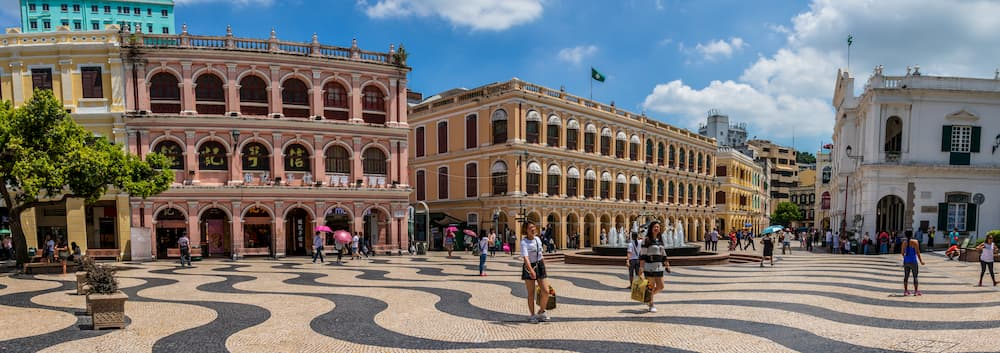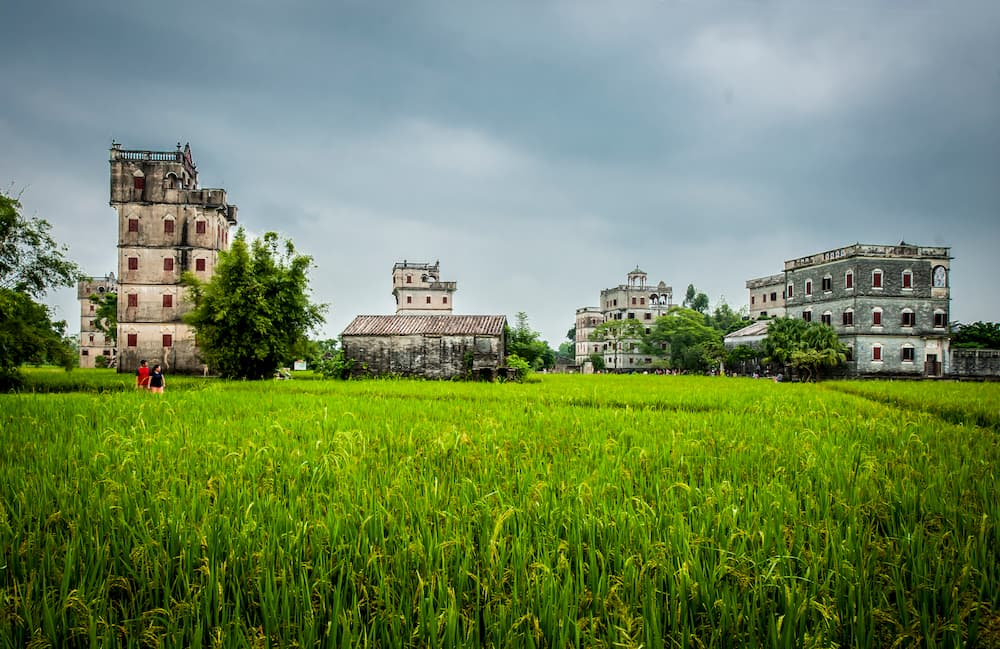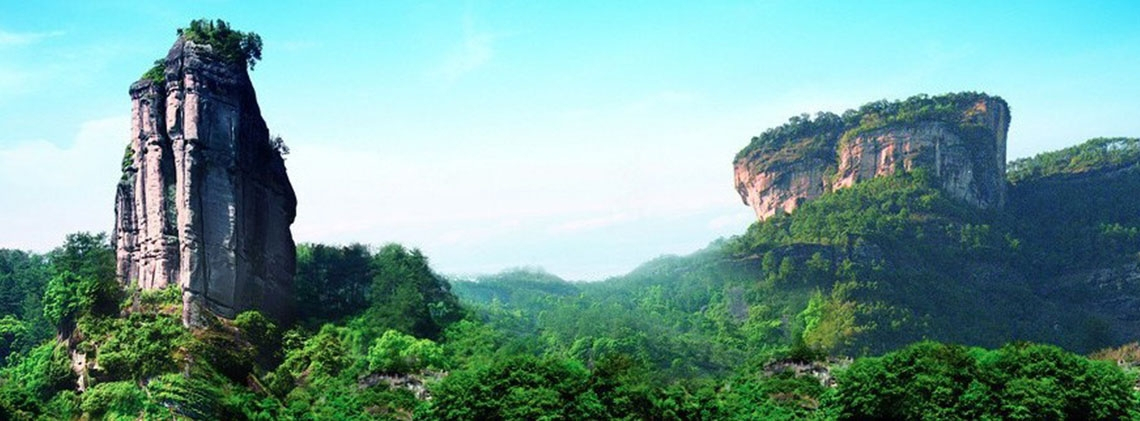
Danxia Landform
Splendid
Chi Culture
Topic
Danxia Landform
In Chinese earth science, Danxia landform refers to a landform composed of red rocks and characterized by steep cliffs.
In 2010 UNESCO approved and inscribed six scenic sites from China on the World Heritage List. These six are: Chishui in Guizhou, Taining in Fujian, Mount Langshan in Hunan, Mount Danxia in Guangdong, Mount Longhu (including Gui peak) in Jiangxi, and Mount Jianglang in Zhejiang. They were grouped together under the rubric of “Danxia in China.”
Chishui Danxia is an example of the early youth stage plateau—canyon type Danxia landform. It is situated in the transitional zone of the northern Guizhou plateau toward the Sichuan Basin. It is mainly composed of Jurassic and Cretaceous red sandstone. The sites here have maintained a complete ecosystem representative of central Asian tropical forests as well as the species diversity one would expect to find. Taken together they form the Danxia landscape of the “red mountains,” “green mountains,” “flying waterfalls,” and the “sea of forest.”
Taining Danxia is an outstanding representative of the late youth stage peak-cluster canyon type, which is made up of a combination of dense late-stage gorges and embryonic clusters of peaks. The heritage site is typical of the Mesozoic coastal sites that are part of active continental margin zone of the western Pacific. The basin’s developmental history records and demonstrates the entire process of the formation and evolution of this active belt, along with the climate change process in southeastern China since the Cretaceous period. Dense development of more than four-hundred narrow valleys and canyon groups in the heritage sites form unique net-like, and narrow valleys, canyons, and deep-cut meandering streams.
Mount Langshan is representative of the early mature stage dense peak cluster type of Danxia landform. The mountain peaks are dense and stand in great numbers like trees in a forest; they are spectacular. The height difference between the shortest and the tallest peak is 650 meters. This is a magnificent Danxia group landscape composed of dome-shaped Danxia peak clusters. Many unusual landforms have developed in this area including a peculiar Danxia karst formation. The limpid and translucent green Fuyi River zigzags its way through this scenic area—a perfect combination of red mountains and green water, and a rare Danxia scenic area with natural beauty.
Mount Danxia is composed of Danxia-type mountain peaks with a variety of forms. It is representative of late mature stage Danxia landform development. It is also the quintessential representative of damp Danxia landforms and has rare geomorphic landscapes. The group landscape has a beautiful spatial structure forming a rhythmic beauty of jagged peaks in graceful disorder. One can see the reflections of the red mountains in the jade-green Jin and Zhen rivers. This beautiful landscape is the best preserved subtropical evergreen broad-leaved forest among these six Danxia landforms.
Mount Longhu represents an early old stage geological development that has formed into wide valleys and peak clusters. It is characterized by the scattered clusters as well as towering, solitary peaks. It also features broad river valleys and scattered residual peaks with rounded mounds, which form a group of landscapes consisting of the features mentioned above.
Mount Jianglang is representative of the solitary-peak type of the Danxia landform. After the mountain became an old remnant peak, it further transformed into a towering, solitary peak. The Mount Jianglang area is rather small; there is no village, and people do not regularly reside within the heritage site. The subtropical evergreen broad-leaved forest is well maintained.
Taking its name from the landform, the Danxia culture refers in toto to this special carrier and the various cultural phenomena that developed around it. Historical, religious, and rural cultures may be found under the rubric of Danxia culture. Based on Danxia landform, the cultures derived from it include the attached culture, historical culture, religious culture, and rural culture which constitute the humanistic elements of Danxia. With high aesthetic value, Danxia cultures possess distinctive features which are crystallized within the mountains and waters.







